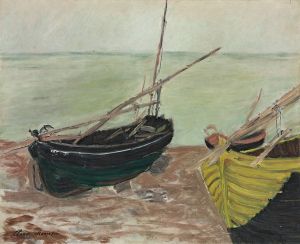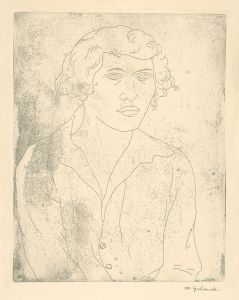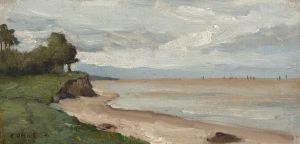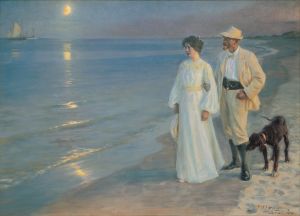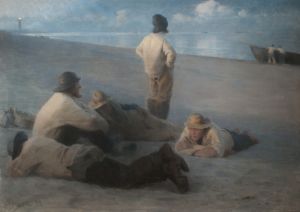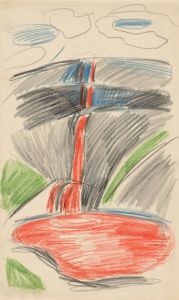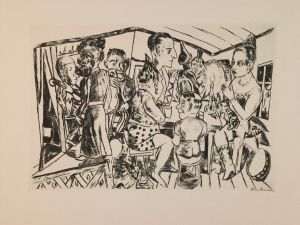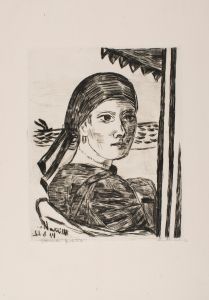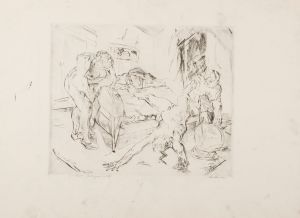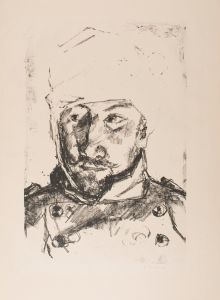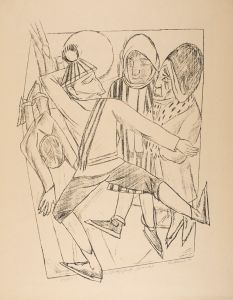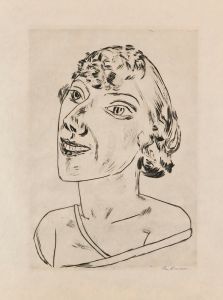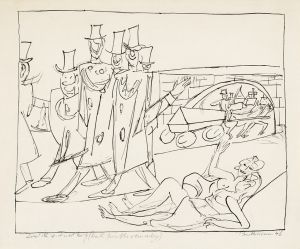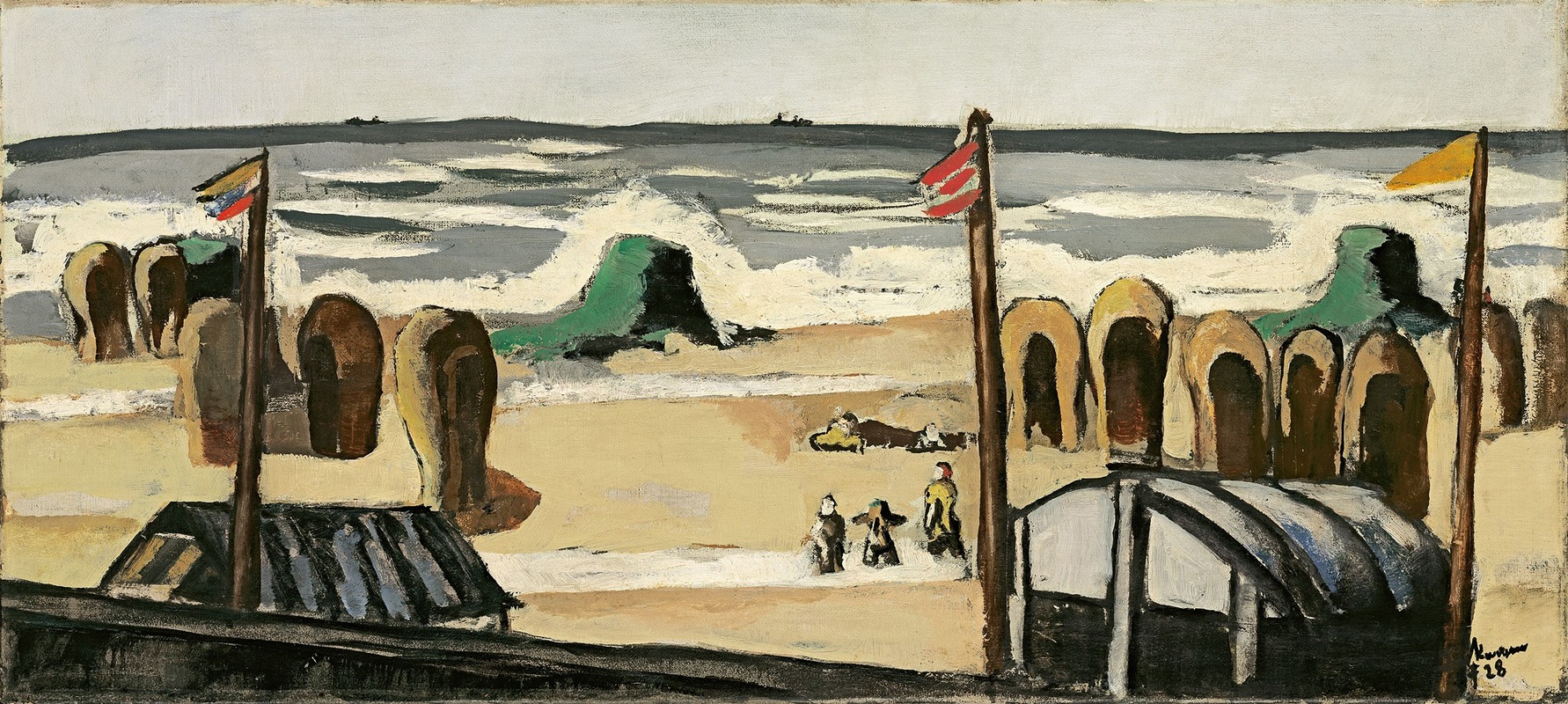
Grauer Strand
A hand-painted replica of Max Beckmann’s masterpiece Grauer Strand, meticulously crafted by professional artists to capture the true essence of the original. Each piece is created with museum-quality canvas and rare mineral pigments, carefully painted by experienced artists with delicate brushstrokes and rich, layered colors to perfectly recreate the texture of the original artwork. Unlike machine-printed reproductions, this hand-painted version brings the painting to life, infused with the artist’s emotions and skill in every stroke. Whether for personal collection or home decoration, it instantly elevates the artistic atmosphere of any space.
Max Beckmann's painting "Grauer Strand" (translated as "Gray Beach") is a notable work by the German painter, draftsman, printmaker, sculptor, and writer, who is widely regarded as one of the most important artists of the 20th century. Beckmann was born on February 12, 1884, in Leipzig, Germany, and his career spanned several tumultuous periods in European history, including both World Wars and the rise of the Nazi regime.
"Grauer Strand" was created in 1928, during a period when Beckmann was living in Frankfurt am Main. This era of his work is often characterized by a shift from the more expressionist style of his earlier years to a more structured and symbolic approach. Beckmann's paintings from this time frequently explore themes of existentialism, human suffering, and the complexities of the human condition, often rendered with a sense of stark realism and psychological depth.
The painting depicts a desolate beach scene, rendered in muted tones of gray, which evoke a sense of melancholy and introspection. The composition is dominated by a vast expanse of sand and sky, with a few scattered figures that appear isolated and contemplative. The use of gray tones is significant, as it underscores the bleak and somber mood of the scene, reflecting Beckmann's own experiences and the broader socio-political climate of the time.
Beckmann's technique in "Grauer Strand" is notable for its meticulous attention to detail and the careful modulation of light and shadow. The figures in the painting are rendered with a sense of solidity and presence, yet they also convey a sense of vulnerability and fragility. This duality is a hallmark of Beckmann's work, as he often sought to capture the tension between the physical and the metaphysical, the tangible and the intangible.
Throughout his career, Beckmann was deeply influenced by his personal experiences, including his service as a medical orderly during World War I and his subsequent disillusionment with the Weimar Republic. These experiences profoundly shaped his worldview and artistic vision, leading him to explore themes of alienation, despair, and the search for meaning in a chaotic world.
"Grauer Strand" is a testament to Beckmann's ability to convey complex emotional and psychological states through his art. The painting's somber palette and introspective subject matter invite viewers to reflect on their own experiences of isolation and contemplation. It is a powerful example of Beckmann's skill as a painter and his deep engagement with the human condition.
Max Beckmann's work, including "Grauer Strand," continues to be celebrated for its emotional intensity, technical mastery, and profound insight into the human experience. His paintings are held in major collections around the world, and his legacy as one of the foremost artists of the 20th century remains firmly established.





